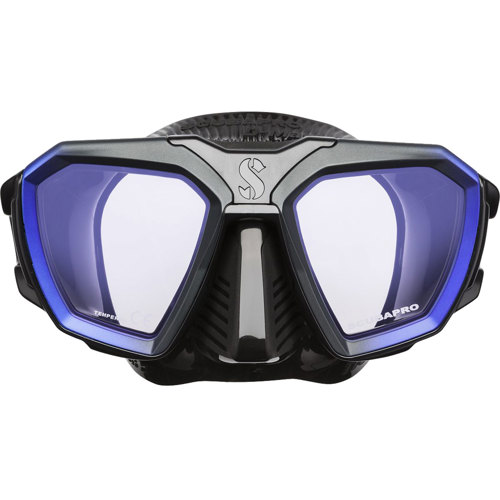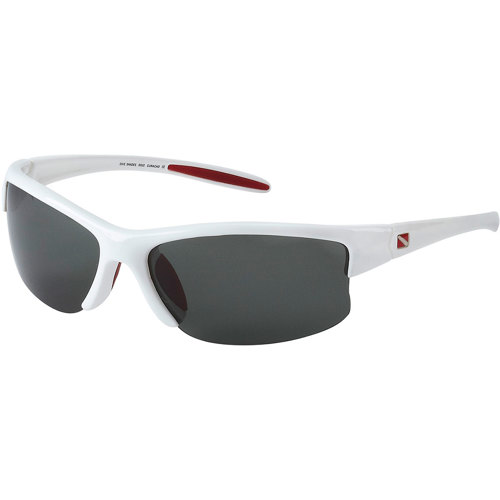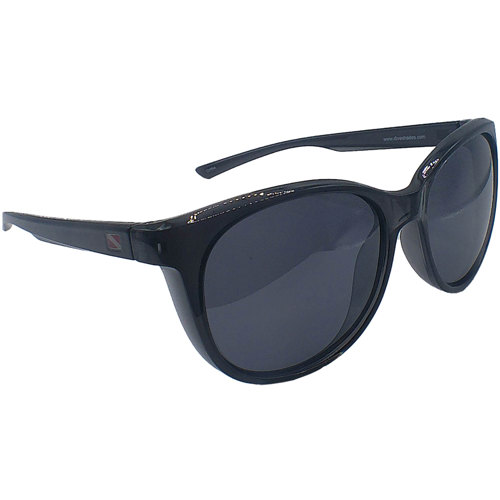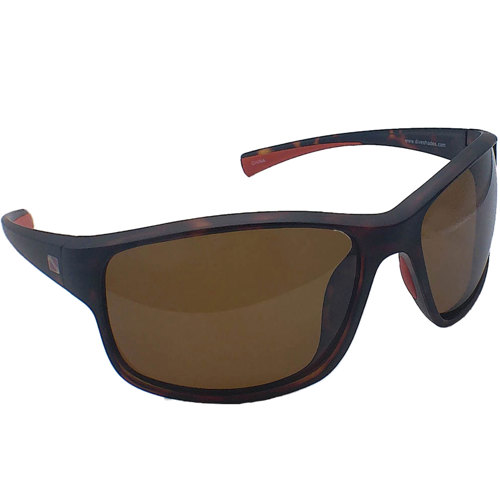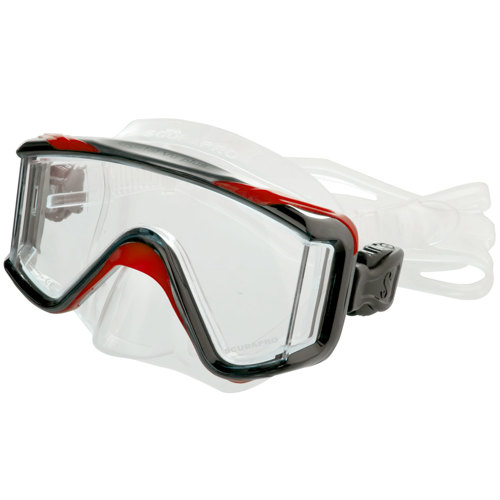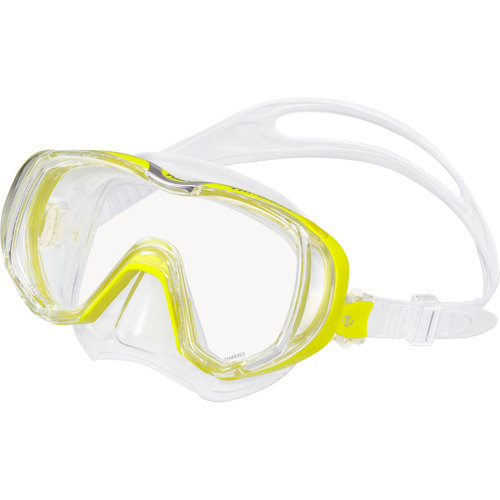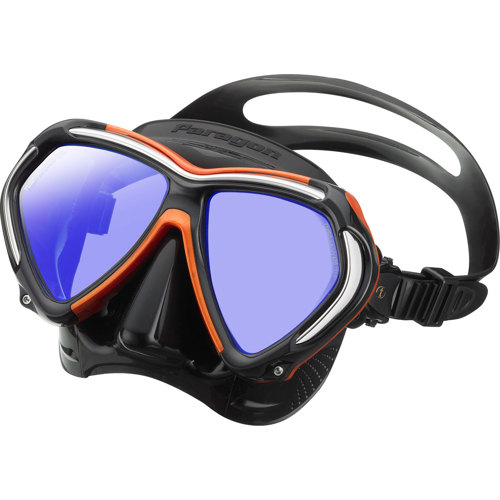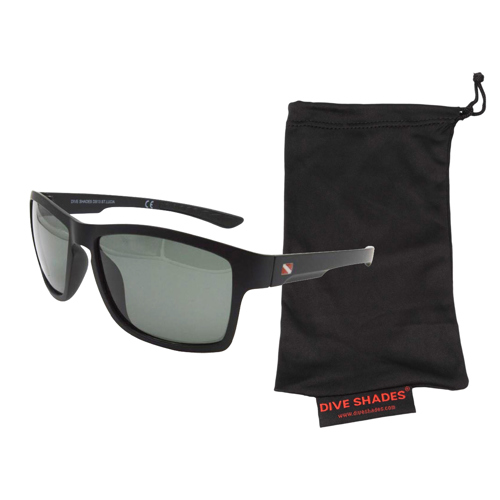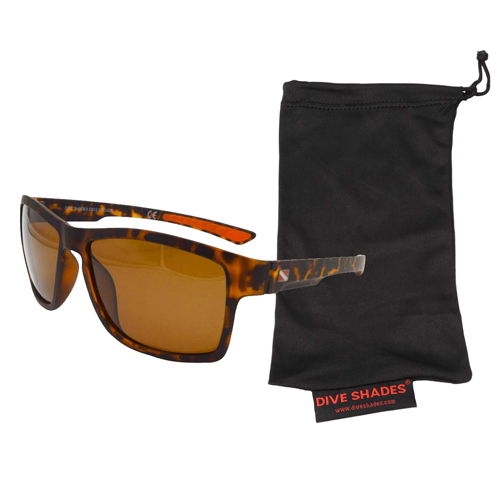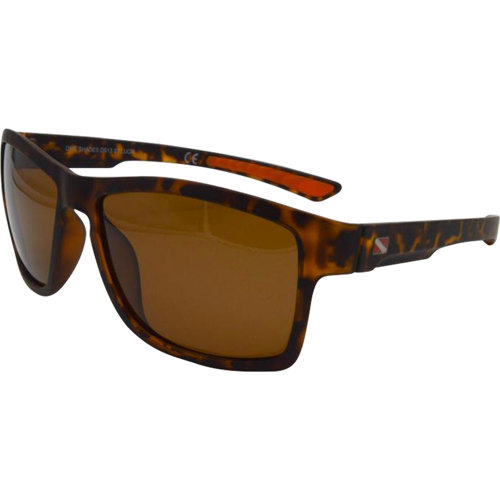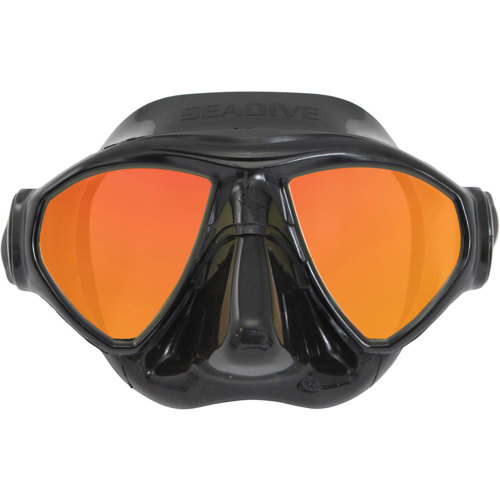When it comes to choosing sunglasses for water sports, outdoor adventures, or even everyday wear, understanding light transmission and the role of Visible Light Transmission (VLT) percentages is essential for both comfort and eye protection. Light transmission sunglasses are specifically designed to control how much visible light reaches your eyes, using lenses that range from nearly clear to extremely dark. The VLT percentage is the key metric: the lower the number, the less light passes through, making these sunglasses ideal for bright, sunny days on open water or snow-capped mountains. Conversely, higher VLT lenses allow more light in, which can be a game-changer for overcast conditions, dawn and dusk excursions, or shaded forest trails. For scuba divers, snorkelers, and anyone who spends extended time near reflective surfaces like water or snow, selecting the right VLT category can mean the difference between squinting through glare and enjoying crisp, comfortable vision. Many seasoned divers and outdoor enthusiasts keep multiple pairs on hand, swapping between darker Category 3 or 4 lenses for midday sun and lighter Category 1 or 2 lenses for early morning launches or cloudy afternoons.
As autumn settles in and daylight hours shift, the need for versatile eyewear becomes even more pronounced. October brings a unique interplay of low-angle sunlight and variable weather, making it wise to consider sunglasses with photochromic lenses that automatically adjust their tint in response to changing UV levels. These adaptive lenses are especially appreciated during unpredictable fall outings, where you might start your day in fog and finish under a clear, bright sky. Polarized lenses are another popular choice, particularly for activities like kayaking, fishing, or paddleboarding, where glare from the water’s surface can be blinding. The polarization filters out horizontally reflected light, reducing eye fatigue and enhancing visual clarity—something you’ll notice immediately when scanning for underwater features or tracking a distant buoy. Lens material is also an important consideration; polycarbonate lenses offer excellent impact resistance and lighter weight, while glass lenses provide superior optical clarity and scratch resistance. Regardless of tint or material, always ensure your sunglasses offer 100% UV protection to safeguard your eyes during long days in the elements.
Light transmission sunglasses make thoughtful, practical gifts for outdoor lovers, travelers, or anyone who values both performance and style in their eyewear. They’re especially appreciated by those who participate in a variety of activities—whether that’s a diver prepping for a tropical trip, a hiker navigating sun-dappled trails, or a sailor facing shifting skies on open water. Choosing the right VLT category means tailoring the experience to the wearer’s environment and preferences, and with advances in lens technology, it’s easier than ever to find a pair that transitions seamlessly from one adventure to the next. For those seeking even more specialized options, such as lenses optimized for low-light or high-glare scenarios, you’ll find a curated selection of
High Light Transmission Lenses that cater to specific needs. Ultimately, investing in the right pair of sunglasses not only enhances visual comfort and performance but also protects your long-term eye health—a priority for anyone who spends time outdoors, regardless of the season.

